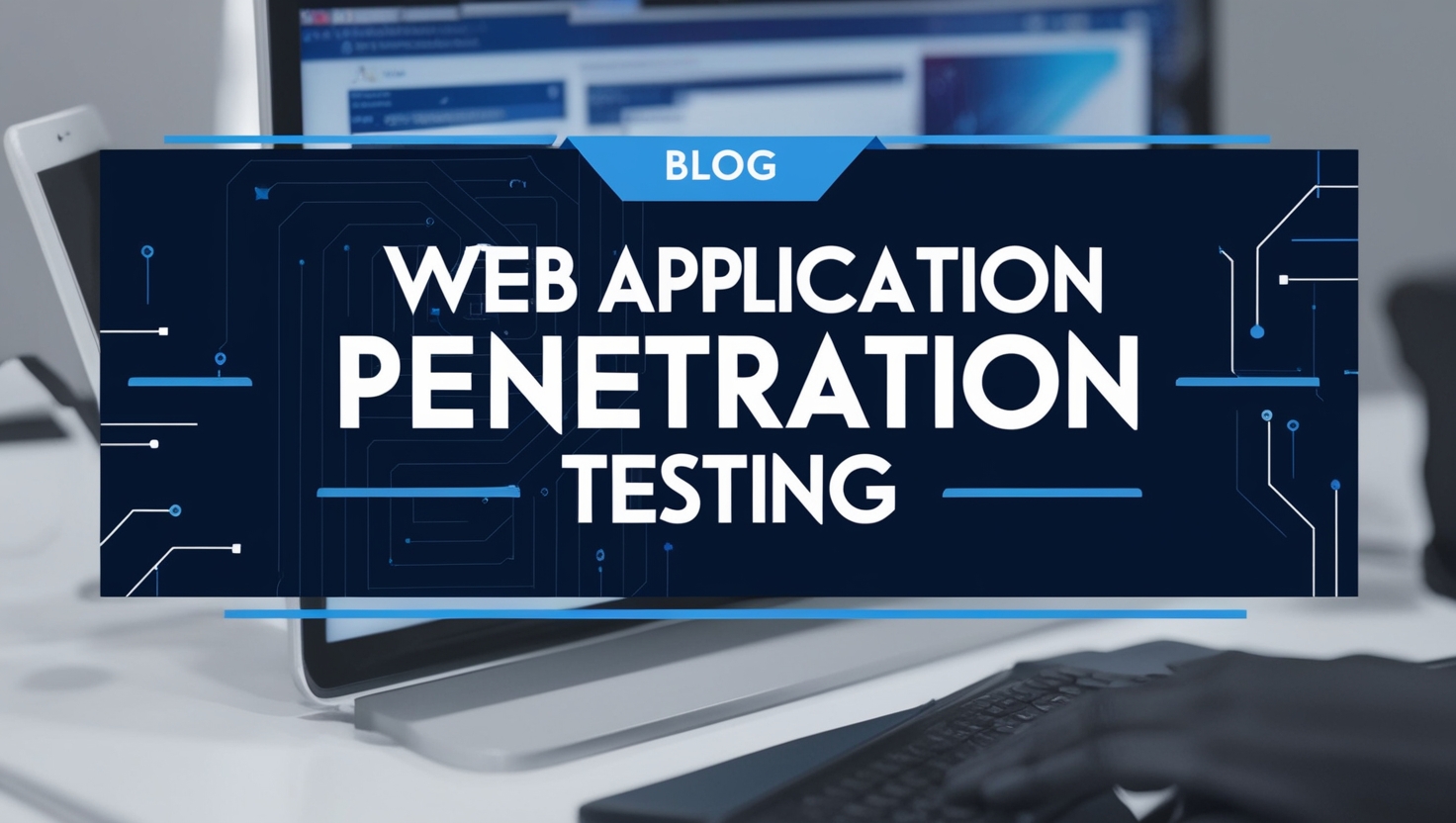1. Introduction to Web Application Penetration Testing
Web Application Penetration Testing, often referred to as web app pentesting, is a systematic approach to evaluating the security of web applications. It involves simulating real-world attacks to uncover vulnerabilities that could expose sensitive data, disrupt operations, or allow unauthorized access.
In today’s digital landscape, web applications are prime targets for hackers. Penetration testing not only helps in identifying weaknesses but also strengthens the security posture of organizations. With the increasing reliance on web apps, regular testing has become a necessity, not an option.

2. Understanding the Web Application Attack Surface
The attack surface of a web application includes all the possible points where an attacker can attempt to gain access or exploit a vulnerability. Key areas include:
- Input Fields: Login forms, search bars, and comment sections.
- APIs: Application Programming Interfaces often expose sensitive data if not secured.
- Authentication Mechanisms: Login and password reset functionalities.
- Third-Party Plugins: Integrations that may introduce vulnerabilities.
Understanding the attack surface is the first step in conducting a thorough penetration test. By identifying all possible entry points, testers can focus their efforts on areas most likely to be exploited.
3. Tools for Web Application Penetration Testing
A variety of tools are available to assist in Web Application Penetration Testing. Some popular ones include:
- Burp Suite: A comprehensive platform for testing web application security.
- OWASP ZAP: An open-source tool that helps find vulnerabilities.
- SQLMap: Specialized for detecting and exploiting SQL injection flaws.
- Nmap: Useful for port scanning and identifying open services.
- Nikto: A scanner that detects vulnerabilities in web servers.
These tools streamline the process of identifying and analyzing vulnerabilities, making them essential for penetration testers.
4. Common Techniques Used in Penetration Testing
Penetration testing involves using various techniques to uncover vulnerabilities. Some of the most common ones include:
- SQL Injection: Exploiting input fields to execute malicious SQL commands.
- Cross-Site Scripting (XSS): Injecting scripts into web pages to steal user data.
- Session Hijacking: Stealing session cookies to impersonate a user.
- Directory Traversal: Gaining unauthorized access to server directories.
- Authentication Bypass: Exploiting weak login mechanisms to gain access.
These techniques mimic real-world attacks, giving organizations a clear picture of their security vulnerabilities.
5. Best Practices for Penetration Testing
To ensure effective and ethical Web Application Penetration Testing, follow these best practices:
- Obtain Authorization: Always get permission before testing.
- Define Scope: Clearly outline the areas to be tested.
- Use Multiple Tools: Combine automated tools and manual techniques.
- Prioritize Findings: Focus on critical vulnerabilities first.
- Document Everything: Maintain a detailed record of findings and steps taken.
Following these practices ensures that penetration testing is both efficient and compliant with legal and ethical standards.
6. Challenges in Web Application Penetration Testing
Penetration testing comes with its own set of challenges, such as:
- Rapidly Changing Technologies: Web technologies evolve quickly, making it hard to keep up.
- Complex Architectures: Modern web apps use intricate frameworks that may hide vulnerabilities.
- False Positives: Automated tools often flag harmless issues as vulnerabilities.
- Time Constraints: Conducting thorough tests within tight deadlines can be difficult.
Addressing these challenges requires a combination of technical expertise, experience, and continuous learning.
7. Case Study: A Sample Web Application Test
Imagine a scenario where a penetration tester is assessing an e-commerce website. Here’s how the process might unfold:
- Reconnaissance: Gathering information about the website, such as its subdomains and technologies used.
- Scanning: Using tools like Burp Suite to find vulnerabilities like SQL injection.
- Exploitation: Exploiting a vulnerability to gain access to the admin panel.
- Reporting: Documenting the findings and recommending fixes.
This real-world example highlights the importance of a structured approach to Web Application Penetration Testing.
8. How to Get Started as a Penetration Tester
Becoming a penetration tester requires a combination of technical skills and hands-on experience. Here’s how to begin:
- Learn the Basics: Study web technologies and the OWASP Top 10 vulnerabilities.
- Practice on Labs: Use platforms like TryHackMe, Hack The Box, and DVWA.
- Get Certified: Earn certifications like CEH, OSCP, or CompTIA PenTest+.
- Build a Portfolio: Showcase your skills by documenting your test results.
Starting small and gradually building your skills will help you succeed in this field.
9. Future Trends in Web Application Penetration Testing
The field of penetration testing is evolving rapidly. Here are some emerging trends:
- AI and Automation: Leveraging artificial intelligence to identify vulnerabilities faster.
- Focus on APIs: With the rise of API-first applications, testing APIs has become critical.
- Cloud Security: As organizations move to the cloud, testing for cloud-based vulnerabilities is gaining importance.
- DevSecOps Integration: Embedding security testing into the development lifecycle for continuous improvement.
Keeping up with these trends will help penetration testers stay ahead of the curve.
10. Conclusion
Web Application Penetration Testing is a vital process for ensuring the security of modern web applications. By identifying and addressing vulnerabilities, organizations can protect their users and maintain their reputation. Whether you’re a business owner or an aspiring penetration tester, understanding the importance and methodology of this process is essential.
Investing in regular penetration testing not only secures your applications but also builds trust with your users. Start exploring the field today to play your part in making the web a safer place!
Check More Blog :- https://thetechcrime.com/master-ai-in-2025/
Check My YouTube Chenal :- https://www.youtube.com/@Thetechhacker231

Leave a Reply